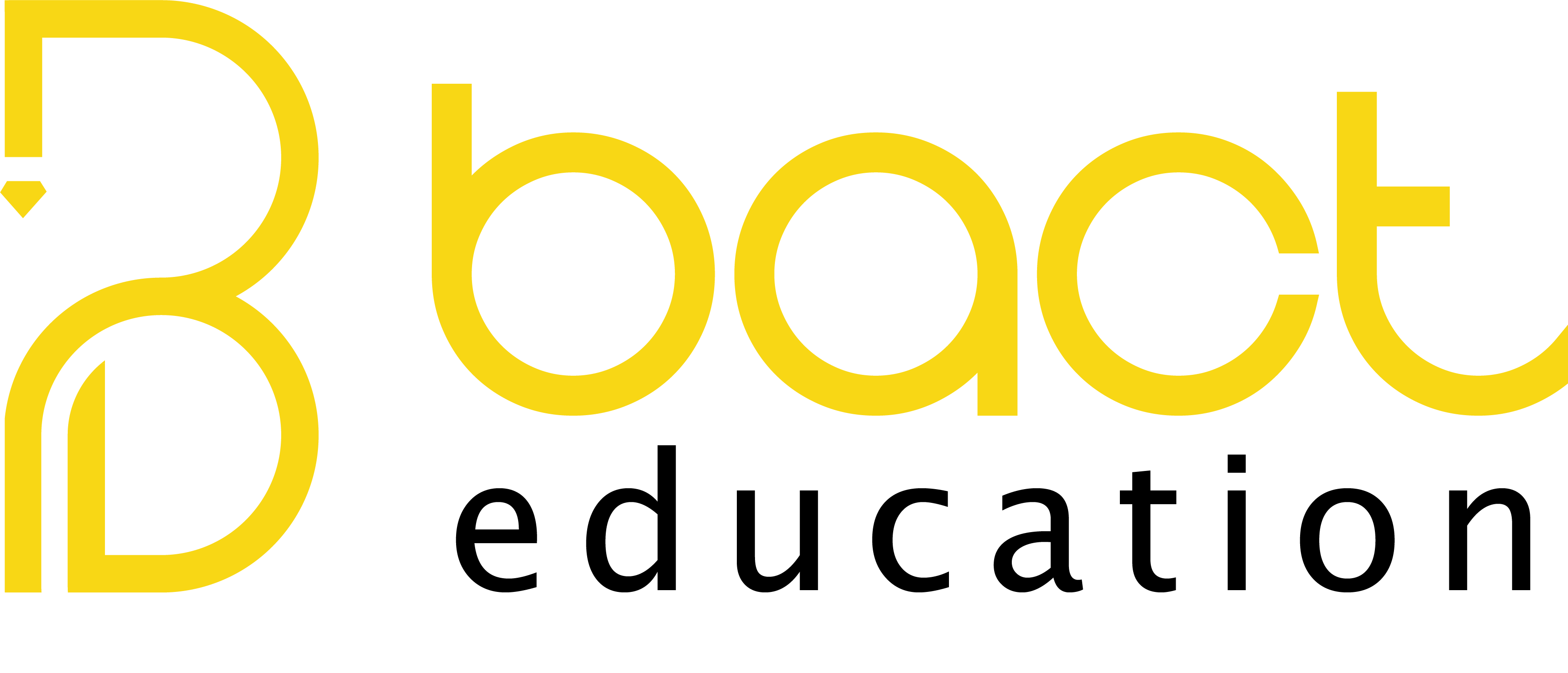Types of Arabic Language Tests for Non-Native Speakers
Introduction:
Tests come in a wide variety of types, which can be categorized into groups based on their objectives, construction methods, grading techniques, and the individuals responsible for administering them. These categories may sometimes overlap due to similarities in their goals, construction methods, and grading styles. Some tests may encompass others or be a subset of them, depending on the perspective taken regarding classification—whether by objective, structure, or grading method.
-
Essay Tests
In these tests, the learner is required to provide extended answers that resemble essays or free expression responses.
-
Objective Tests
These tests follow a specific method in their design and grading. They are scored using answer keys, allowing any individual—regardless of training or subject knowledge—to evaluate them.
-
Direct Tests
These tests measure the targeted skill directly. For example, assessing communication skills through a personal interview is a direct test of linguistic proficiency in spoken performance. Similarly, evaluating writing skills through free expression or testing grammar, morphology, rhetoric, and literature through direct questioning are all considered direct tests. Most achievement tests fall under this category.
-
Indirect Tests
These tests assess the learner’s cultural knowledge and vocabulary indirectly. For instance, free written expression, although subjective, can serve as an indirect test of vocabulary, morphology, or grammar.
-
Discrete-Point Tests
These tests focus on a single aspect of language or a specific skill. For example, reading, writing, morphology, grammar, spelling, and phoneme recognition are all considered discrete-point tests, presented either in objective or essay formats.
-
Integrative Tests
These tests do not assess a single skill or linguistic element but cover multiple language aspects and skills. Their results provide an overall indication of the learner’s progress or difficulties in acquiring the language.
-
Linguistic Aptitude Tests
These tests measure a learner’s readiness and potential success in learning foreign languages in the future. They help predict the progress a student might achieve before starting language learning. Such tests evaluate cognitive factors and personal traits, including intelligence, memory, analytical abilities, phonemic differentiation, attitudes, inclinations, and communication skills. An example is the Modern Language Aptitude Test (MLAT).
-
Achievement Tests
These can take the form of essay or objective tests, either oral or written. The questions should cover a significant portion of the curriculum and generally remain within the taught syllabus as directly as possible.
-
Proficiency Tests
These tests measure the learner’s overall linguistic attainment, assessing how well they have acquired spoken and written language skills. They are often compared with achievement tests, which evaluate what students have learned within a formal language program.
-
Placement Tests
These tests categorize new students into appropriate groups or classes according to their proficiency levels before starting their studies. This ensures that students are neither placed in groups beyond their capabilities—where they would struggle—nor in lower-level groups—where they might lose motivation or become frustrated.
-
Diagnostic Tests
These tests aim to help both teachers and learners identify the student’s strengths and weaknesses and determine their progress in mastering specific elements of a language program.
-
Criterion-Referenced Tests
Designed before instruction planning, these tests align with specific course objectives. The passing and mastery thresholds are set beforehand, so students know the minimum score required to progress to the next level. Otherwise, they must retake the subject or level if they fail.
-
Norm-Referenced Tests
These tests are comprehensive, objective assessments that are not tied to any specific curriculum, syllabus, or teaching method. They require extensive time for material collection, preparation, and administration and are conducted on a broad scale. They also involve specific statistical studies and procedures, such as linguistic material collection, sample selection, and student performance comparison.
-
Speed Tests
These tests typically take the form of objective assessments, such as fill-in-the-blank, multiple-choice, and true-or-false questions. They measure a learner’s linguistic skill in terms of both accuracy and speed.
-
Power Tests
These tests are designed as essay exams or achievement tests, either directly or indirectly. They are widely used in general education programs and in many Arabic language programs as a second language achievement assessment.
-
Skill Tests

